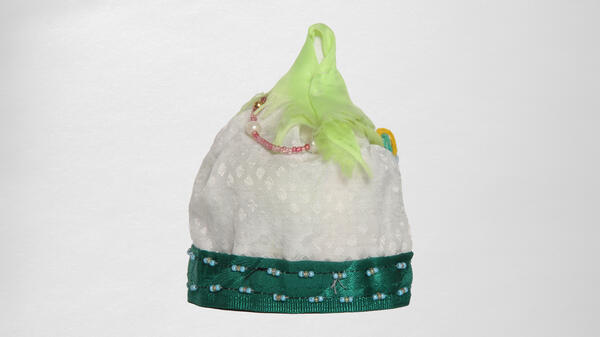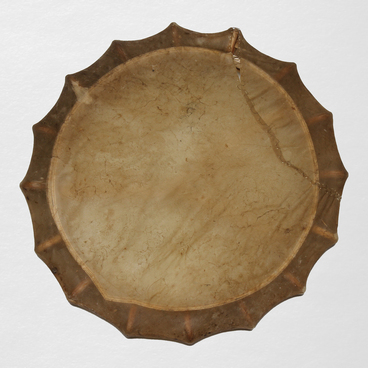An Akan toy is a traditional Khanty doll. They were popular in the past, but even today, the Khanty, who live along the banks of the Ob River and its tributaries, make such dolls for their children from fabric, woolen cloth or fur.
An Akan toy was a symbolic human figurine and consisted of a head and a torso. Dolls could be male or female. If an Akan doll personified a girl or a woman, her head was sewn in a special way. About 10 multi-colored chintz strips were laid first one on top of the other. Then the head was placed on the fabric that had been folded. All this was wrapped from above in one fabric strip. The female Akan’s head was always covered with a shawl, and a dress embroidered with stripes, beads or ornaments was her body.
A male doll looked different. Its body consisted of a traditional malitsa shirt, embroidered with stripes or ornaments, and two legs made of fabric strips. Male dolls, unlike female ones, were not decorated with beads.
An Akan toy was a symbolic human figurine and consisted of a head and a torso. Dolls could be male or female. If an Akan doll personified a girl or a woman, her head was sewn in a special way. About 10 multi-colored chintz strips were laid first one on top of the other. Then the head was placed on the fabric that had been folded. All this was wrapped from above in one fabric strip. The female Akan’s head was always covered with a shawl, and a dress embroidered with stripes, beads or ornaments was her body.
A male doll looked different. Its body consisted of a traditional malitsa shirt, embroidered with stripes or ornaments, and two legs made of fabric strips. Male dolls, unlike female ones, were not decorated with beads.


